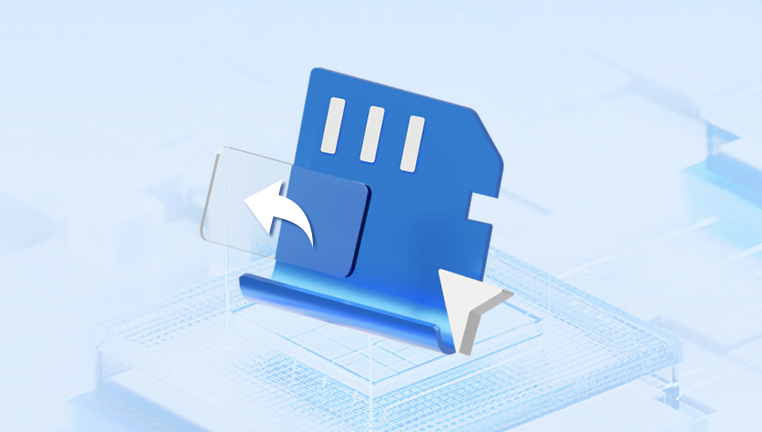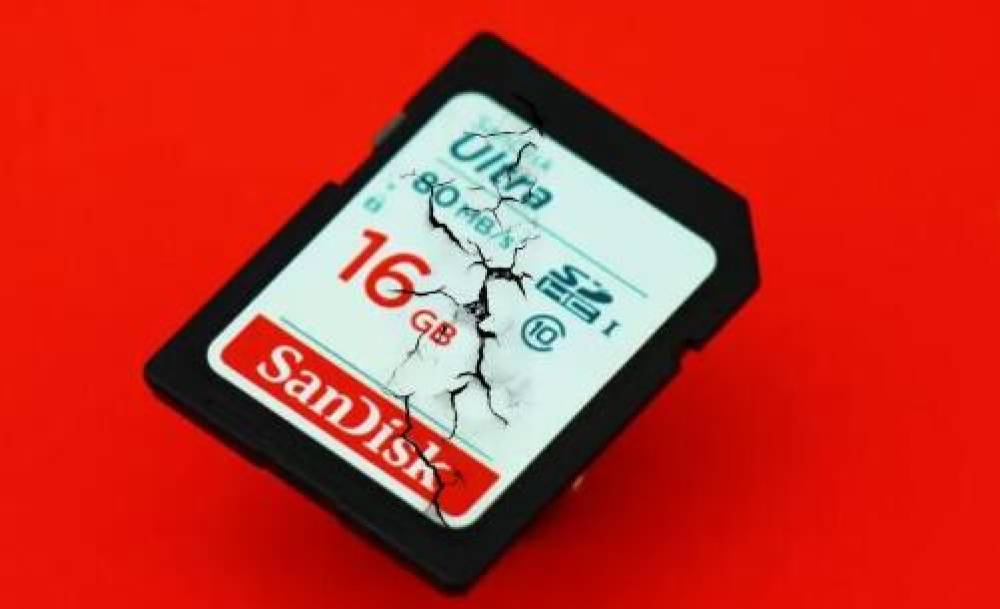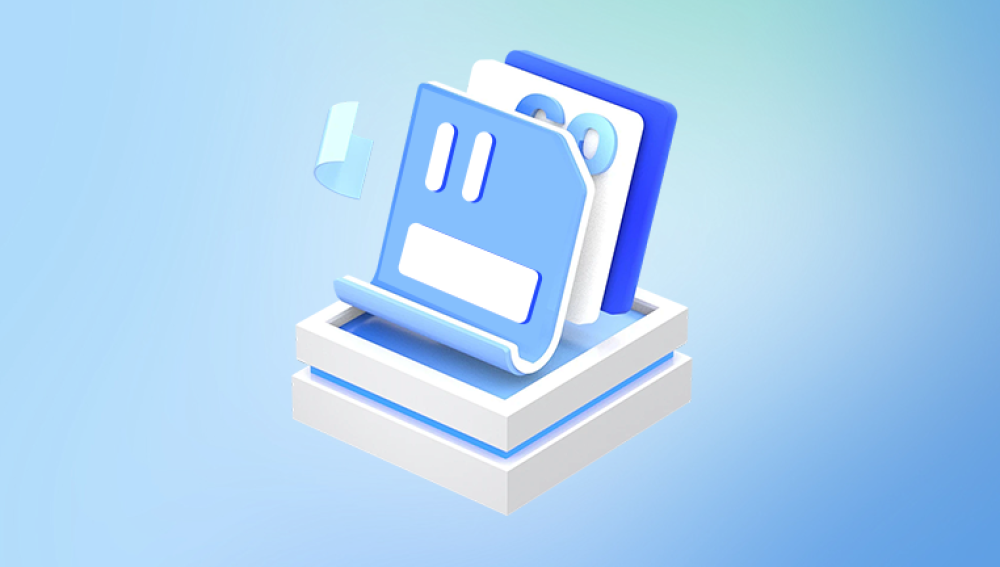Formatting an SD card for a dash cam is a critical task that ensures the proper functioning of the device and the integrity of the recorded footage.
1. Data Integrity
Formatting an SD card ensures that the file system is set up correctly, which helps in maintaining the integrity of the data. It removes old files and sets up a fresh file system, which is essential for the dash cam to record footage efficiently.
2. Compatibility
Dash cams often require specific file systems (e.g., FAT32. exFAT) to function correctly. Formatting the SD card ensures compatibility between the card and the dash cam, preventing potential issues like recording errors or unreadable files.

3. Performance
Regularly formatting the SD card can help maintain its performance. Over time, SD cards can become fragmented, leading to slower write speeds and potential recording issues. Formatting re-organizes the storage, helping maintain optimal performance.
Preparation
1. Backup Important Data
Before formatting, it’s crucial to back up any important data on the SD card. Formatting will erase all existing data, so ensure that any necessary files are saved to another device.
2. Determine the Required File System
Check the dash cam's manual or manufacturer’s website to determine the required file system. Common file systems include FAT32 for SD cards up to 32GB and exFAT for larger SD cards.
3. Tools Needed
A computer with an SD card slot or an external SD card reader.
The SD card to be formatted.
Dash cam (to reinsert the formatted card).
Formatting Instructions
For Windows
Insert the SD Card Insert the SD card into the computer’s SD card slot or connect via an external SD card reader.
Open File Explorer Open "File Explorer" by pressing Win + E or clicking on the folder icon in the taskbar.
Locate the SD Card Find the SD card under "This PC" or "My Computer." It will be listed under "Devices and drives."
Right-click and Select Format Right-click on the SD card and select "Format."
Choose File System
For cards up to 32GB, select "FAT32."
For cards larger than 32GB, select "exFAT."
Set Allocation Unit Size Leave the "Allocation unit size" at the default setting unless specified otherwise by the dash cam manufacturer.
Start Formatting Click "Start" to begin the formatting process. A warning will appear indicating that all data will be erased. Confirm to proceed.
Completion Once the process is complete, a notification will appear. Click "OK" and safely eject the SD card from the computer.
For macOS
Insert the SD Card Insert the SD card into the computer’s SD card slot or connect via an external SD card reader.
Open Disk Utility Open "Disk Utility" from the Applications > Utilities folder or by searching for it using Spotlight.
Select the SD Card In Disk Utility, select the SD card from the list of drives on the left.
Erase the SD Card Click on the "Erase" button at the top of the window.
Choose Format
For cards up to 32GB, select "MS-DOS (FAT)."
For cards larger than 32GB, select "exFAT."
Name the SD Card (Optional) Provide a name for the SD card.
Erase and Format Click "Erase" to start the formatting process. Confirm the action when prompted.
Completion Once the process is complete, a notification will appear. Click "Done" and safely eject the SD card from the computer.
For Dash Cam Formatting
Some dash cams have a built-in formatting option. This method is often recommended by manufacturers as it ensures the SD card is formatted to the specific requirements of the device.
Insert the SD Card Insert the SD card into the dash cam.
Access Settings Turn on the dash cam and navigate to the settings menu. This can usually be done via physical buttons on the device or through a connected app.
Select Format SD Card Find the option to format the SD card in the settings menu. This may be under storage or maintenance options.
Confirm Formatting Confirm the formatting process. The dash cam will format the SD card and may reboot automatically once complete.
Tips for Maintaining Your SD Card
Regular Formatting Regularly format the SD card, ideally once a month, to maintain performance and data integrity.
Use High-Quality SD Cards Invest in high-quality, high-speed SD cards from reputable brands to ensure reliable performance.
Monitor Storage Capacity Keep an eye on the storage capacity. Overfilling the SD card can lead to performance issues and potential data loss.
Avoid Removing the Card While Recording Always ensure the dash cam is turned off before removing the SD card to prevent data corruption.
Troubleshooting Common Issues
1. Dash Cam Not Recognizing SD Card
Ensure the SD card is formatted to the correct file system (FAT32 or exFAT).
Check if the SD card is compatible with the dash cam.
2. Recording Errors
Reformat the SD card.
Check if the SD card is damaged or worn out.
3. Slow Performance
Regularly format the SD card to reduce fragmentation.
Use high-speed SD cards to ensure smooth recording.
4. Data Corruption
Avoid removing the SD card while the dash cam is on.
Regularly back up important footage to prevent data loss.




